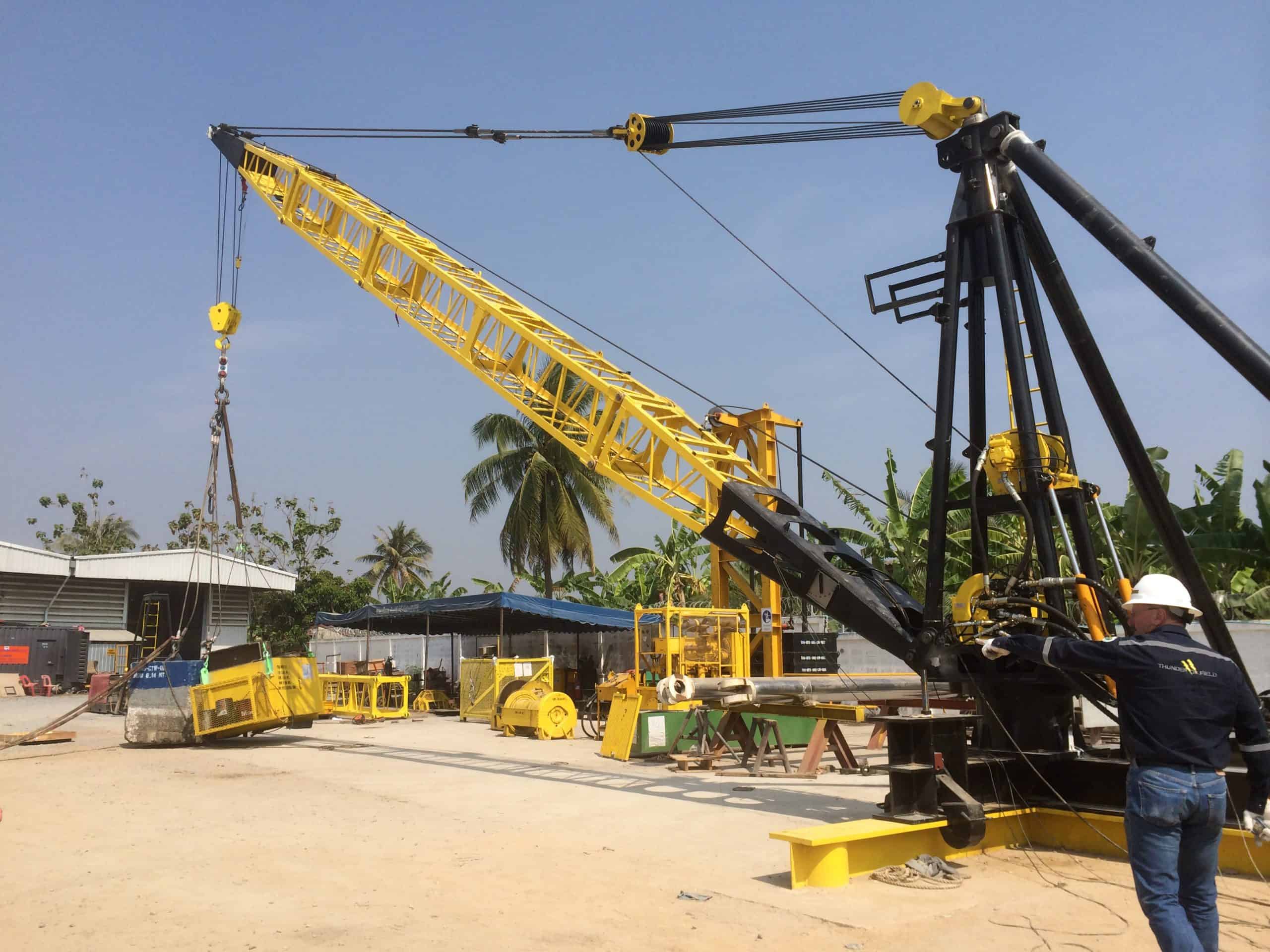Semi trailers are crucial components in the transportation and logistics industry, facilitating the movement of goods across vast distances. The height of a semi trailer not only impacts its roadworthiness and compatibility with infrastructure like bridges and tunnels but also influences its cargo capacity and efficiency. This article delves into the specifics of semi trailer heights, covering dimensions, regulations, and factors affecting their design and use.
Standard Semi Trailer Height
Overview
The standard height of a semi trailer in the United States typically ranges from 13 feet 6 inches to 14 feet. However, these dimensions can vary based on the trailer's design, purpose, and the regulations of the country or state in which it operates. It's essential for operators to adhere to these height restrictions to ensure safety and compliance with road and infrastructure standards.
Detailed Specifications
When discussing the height of a semi trailer, it's crucial to consider both the exterior height, which includes the trailer from the ground to the tallest point of the trailer, and the interior height, which determines the cargo space available. For instance, a standard dry van trailer might have an exterior height of 13 feet 6 inches but an interior height of 110 inches, allowing for the accommodation of various types of cargo.

Impact Factors on Semi Trailer Height
Cargo Requirements
The height of a semi trailer often directly correlates with the type of cargo it is designed to carry. Taller trailers are favored for lightweight, voluminous cargo, allowing companies to maximize their shipping efficiency by utilizing the available space to the fullest. Conversely, shorter trailers might be used for heavy goods that don't require as much vertical space but need the added stability of a lower center of gravity.
Infrastructure Limitations
Infrastructure such as bridges, tunnels, and overpasses imposes restrictions on the maximum allowable height of vehicles. In the United States, the Department of Transportation (DOT) sets the maximum height limit at 13 feet 6 inches for interstate highways, but local variations exist. Operators must be aware of these limits to avoid infrastructural damage or penalties.
Aerodynamics and Fuel Efficiency
Height also plays a significant role in the aerodynamics of a semi trailer. Taller trailers tend to experience more wind resistance, which can reduce fuel efficiency. Designers often implement features such as streamlined shapes and skirts to mitigate these effects, balancing height with aerodynamic efficiency to achieve optimal performance.
Conclusion
The height of a semi trailer is a critical factor that influences its functionality, efficiency, and compliance with regulatory standards. By understanding the detailed specifications and considerations that go into determining the height of these vehicles, operators and manufacturers can optimize their operations and contribute to a more effective and safe transportation system.